



How Is Liposuction Done?
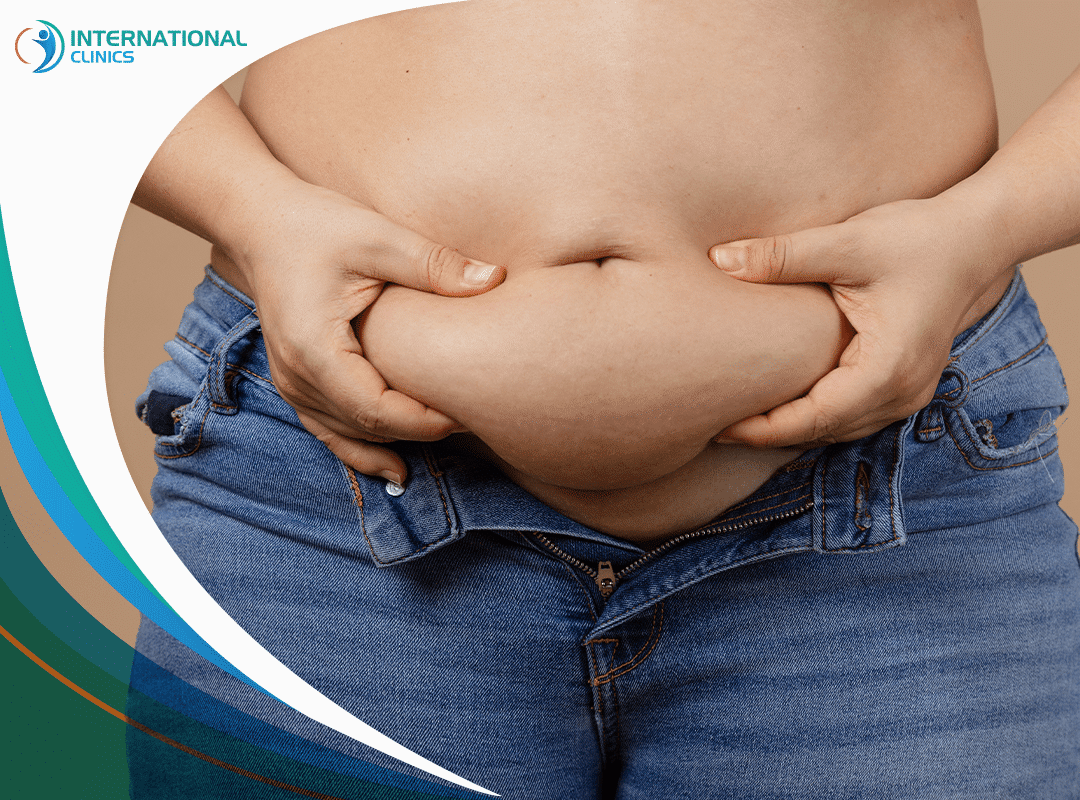
Have you ever wondered how liposuction can help you achieve your desired body shape?
Liposuction is a popular cosmetic surgery option designed to remove excess fat deposits from specific areas of the body. It is a popular cosmetic procedure aimed at improving body contour and reshaping targeted areas.
By selectively suctioning out fat cells, liposuction in Turkey can help create a more proportionate and sculpted appearance.
It is important to note that liposuction is not a weight-loss solution but rather a way to address stubborn fat that is resistant to diet and exercise.
So if you're ready to bid farewell to those pesky fat deposits and embrace a more contoured physique, join us to learn how is liposuction done, from start to finish.
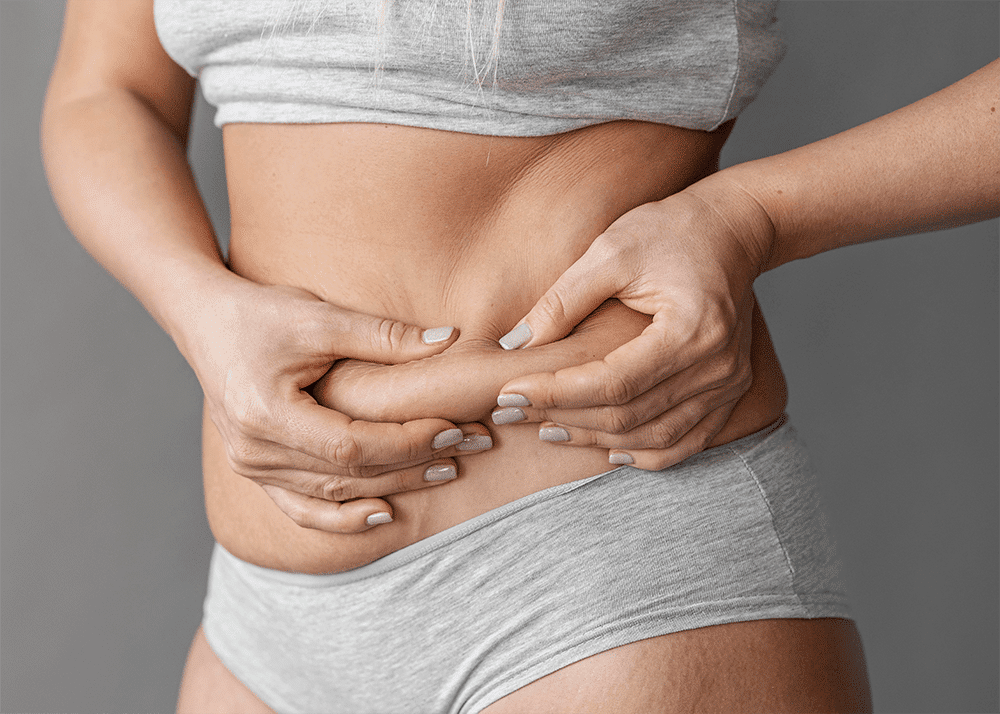
Liposuction is a surgical procedure that should be performed in a reputable surgery center by a qualified surgeon. Each liposuction technique offers distinct advantages and may be recommended based on individual patient needs. the goal is to achieve optimal results with minimal risks. These techniques include:
Tumescent liposuction is one of the most commonly used techniques in liposuction procedures. This technique involves injecting a specialized solution, known as tumescent fluid, into the targeted area before fat removal. The solution typically consists of saline (saltwater), local anesthesia, and epinephrine (a medication that constricts blood vessels).
The purpose of this solution is twofold.
First, it helps numb the area being treated, reducing any discomfort during the procedure.
Second, the tumescent fluid causes the target area to become swollen and firm, making it easier for the surgeon to remove fat cells while minimizing bleeding.
By injecting this solution directly into the treatment site, surgeons can effectively break down and suction out unwanted fat deposits with greater precision. The use of tumescent liposuction has significantly improved patient safety and comfort compared to older techniques.
Ultrasound-assisted liposuction (UAL) takes liposuction techniques to another level by utilizing sound waves to liquefy fat cells before their removal. This technique involves using a specialized cannula that emits ultrasonic energy when inserted into the targeted area.
The ultrasonic energy emitted by the cannula disrupts and breaks apart fat cells without causing harm to surrounding tissues or structures. As a result, UAL allows for more precise contouring and smoother results compared to traditional liposuction methods.
Once the fat cells are broken down by ultrasound energy, they can be easily suctioned out through small incisions made in inconspicuous locations on the body. UAL is particularly effective in treating areas with dense or fibrous fat deposits such as male breasts or regions previously subjected to liposuction procedures.
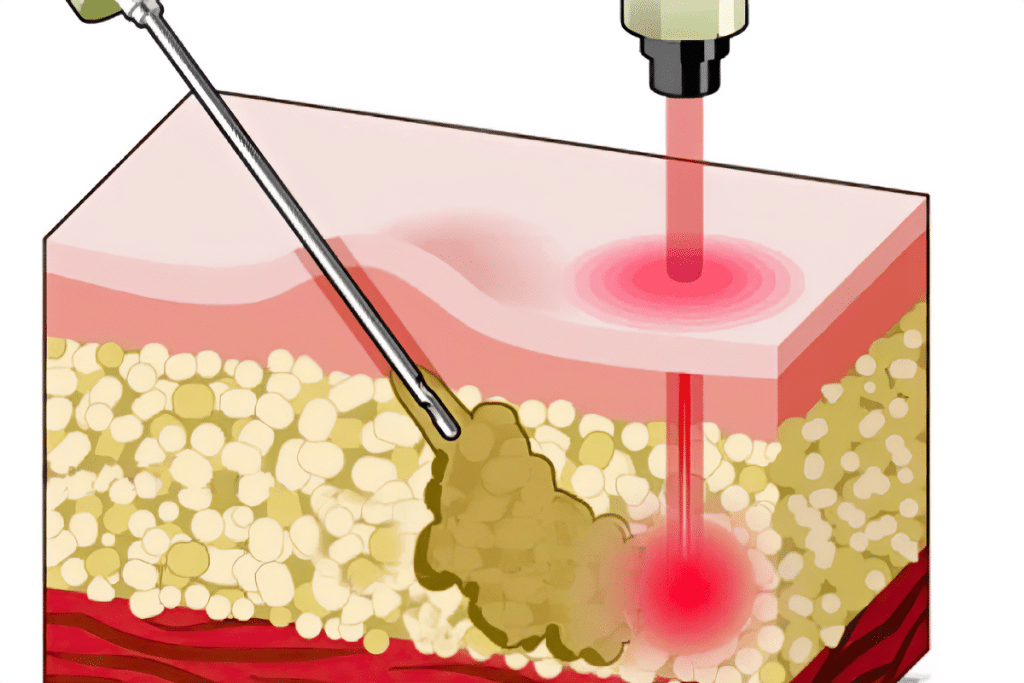
Laser-assisted liposuction (LAL) is another innovative technique that has gained popularity in recent years. This method involves using laser energy to melt fat cells before their removal, resulting in enhanced precision and reduced trauma to surrounding tissues.
During the procedure, a small laser fiber is inserted through a tiny incision into the treatment area. The laser emits thermal energy that selectively targets and liquefies fat cells while leaving other tissues unharmed. This melting effect allows for easier and more efficient suctioning of the unwanted fat.
LAL offers several advantages over traditional liposuction techniques. It promotes tissue tightening and stimulates collagen production, leading to improved skin elasticity and smoother contours. LAL can be used in combination with other techniques for optimal results, such as fat grafting or body sculpting procedures.
Power-assisted liposuction (PAL) employs a specialized vibrating cannula to facilitate fat removal with greater efficiency. The vibrating motion of the cannula helps break up stubborn fat deposits, making it easier for the surgeon to suction them out.
By utilizing power-assisted technology, PAL reduces the physical effort required during liposuction procedures, benefiting both patients and surgeons alike.
The vibrations generated by the cannula allow for faster treatment times and more precise contouring compared to traditional manual techniques.
The use of PAL also minimizes trauma to surrounding tissues, resulting in reduced post-operative discomfort and quicker recovery periods. Surgeons can achieve outstanding results while ensuring patient safety and satisfaction through this advanced liposuction technique.
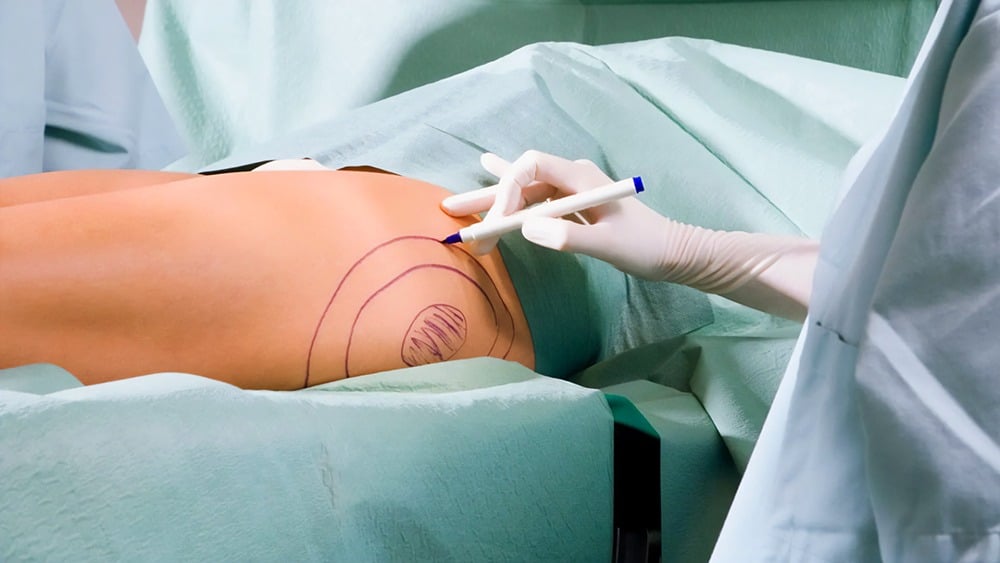
Liposuction is a cosmetic procedure with various uses and benefits. Some of the key uses and benefits of liposuction include:
| Body Contouring | Liposuction is primarily used to reshape and enhance body contours by removing localized fat deposits. It can target various areas and create a more proportionate and balanced appearance. |
| Stubborn Fat Removal | Liposuction can address areas that tend to accumulate excess fat, even in individuals who maintain an overall healthy lifestyle. |
| Boost in Self-Confidence | By targeting specific areas of concern, liposuction can enhance your self-confidence and make you feel more comfortable in your own skin. |
| Motivation for a Healthy Lifestyle | Liposuction can serve as a motivational tool for adopting and maintaining a healthy lifestyle. Also, liposuction offers long-lasting results when combined with a healthy lifestyle. |
| Targeted Fat Reduction | Unlike weight loss, which can result in overall fat reduction throughout the body, liposuction allows for precise and targeted fat removal. This means that specific problem areas can be addressed, resulting in a more tailored and customized approach to body contouring. |
| Long-Term Results | Liposuction provides long-lasting results since the fat cells removed during the procedure do not typically regenerate. However, it is important to maintain a healthy lifestyle to prevent the remaining fat cells from expanding. |
Let's take a closer look at the common areas treated with liposuction and how this procedure can help you achieve your desired outcomes.
One of the most common areas addressed by liposuction is the abdomen, commonly known as belly fat. Many individuals struggle with excess fat in this area despite their best efforts through diet and exercise. Liposuction can effectively remove these stubborn pockets of fat, resulting in a smoother and flatter abdominal region.
In addition to the abdomen, liposuction is also frequently used to target love handles or flanks. These are the areas on either side of the waistline that tend to bulge outwards, creating an undesirable silhouette. Through precise suction techniques, liposuction can eliminate these fatty deposits, helping individuals achieve a more defined waistline.
The lower back, often referred to as the muffin top area due to its resemblance to overflowing muffin batter over jeans or pants, is another problematic zone that responds well to liposuction treatment. By removing excess fat from this area, liposuction helps create a more streamlined appearance and improves overall body proportions.
The inner and outer thighs are common treatment areas for those seeking slimmer legs. Liposuction effectively reduces thigh circumference by targeting localized fat deposits that are resistant to traditional weight loss methods.
Knee areas can also benefit from liposuction procedures. Excess fat around the knees can create an unflattering appearance and make individuals self-conscious about wearing certain clothing. Liposuction helps contour this area, resulting in smoother and more aesthetically pleasing knee contours.
Individuals who are bothered by excess fat in their upper arms, commonly referred to as "bat wings," can also benefit from liposuction. Similarly, liposuction can target fatty deposits around the ankles, enhancing overall leg proportions.
Many individuals struggle with double chins or jowls that give the face a heavier or older appearance. Facial liposuction specifically targets these areas to remove excess fat, resulting in a more defined jawline and a slimmer facial profile.
Liposuction is not exclusive to women; it can also address male-specific concerns. Gynecomastia, characterized by enlarged male breasts, is a condition that affects many men of different ages. Liposuction plays an integral role in treating gynecomastia by removing excess breast tissue and fat deposits. This procedure helps restore a more masculine chest contour and boosts self-confidence.
It's essential to have a clear understanding of the procedure and what to expect. From the initial evaluation to the final post-operative instructions, each step plays a crucial role in achieving the desired results. Let's dive into the detailed process of how liposuction is done.
Before diving into the liposuction procedure, patients undergo a thorough evaluation with their surgeon. This evaluation helps determine if they are suitable candidates for the surgery and ensures that their expectations align with realistic outcomes.
During this discussion, patients have an opportunity to express their goals and desires, allowing the surgeon to create an individualized treatment plan tailored specifically for them.
To ensure patient comfort during the liposuction procedure, anesthesia is administered before starting. Depending on various factors such as the extent of treatment or patient preference, either local or general anesthesia may be used.
Local anesthesia numbs only specific areas being treated, while general anesthesia induces temporary unconsciousness throughout the entire procedure.
Once anesthesia has taken effect, small incisions are made near the treatment areas. These incisions are strategically placed in inconspicuous locations to minimize visible scarring after healing. Through these tiny openings, a thin tube called a cannula is inserted into the fatty tissue beneath the skin.
The surgeon then skillfully maneuvers the cannula back and forth within this layer of fat deposits. By doing so, they effectively break up excess fat cells and suction them out through the cannula. The technique requires precision and expertise to achieve optimal contouring while minimizing trauma to surrounding tissues.
During liposuction surgery, removing excess fat deposits is one of the primary objectives. As mentioned earlier, this is accomplished by skillfully maneuvering the cannula within the targeted areas. The surgeon's expertise allows them to selectively remove fat cells, sculpting the body to achieve the desired shape and contour.
The back-and-forth movement of the cannula gently dislodges and suctions out fat cells, leaving behind a more proportionate appearance. This step requires meticulous attention to detail, ensuring that no excessive fat remains while maintaining smooth results.
Once the liposuction procedure is complete, the surgeon carefully closes the incisions using sutures or adhesive strips. This closure helps promote proper healing and minimizes scarring. In some cases, small drainage tubes may be inserted to prevent fluid buildup during recovery.
Following surgery, patients are provided with detailed post-operative instructions. These instructions typically include information on pain management, wound care, activity restrictions, and wearing compression garments. Adhering to these guidelines is crucial for a successful recovery and optimal results.
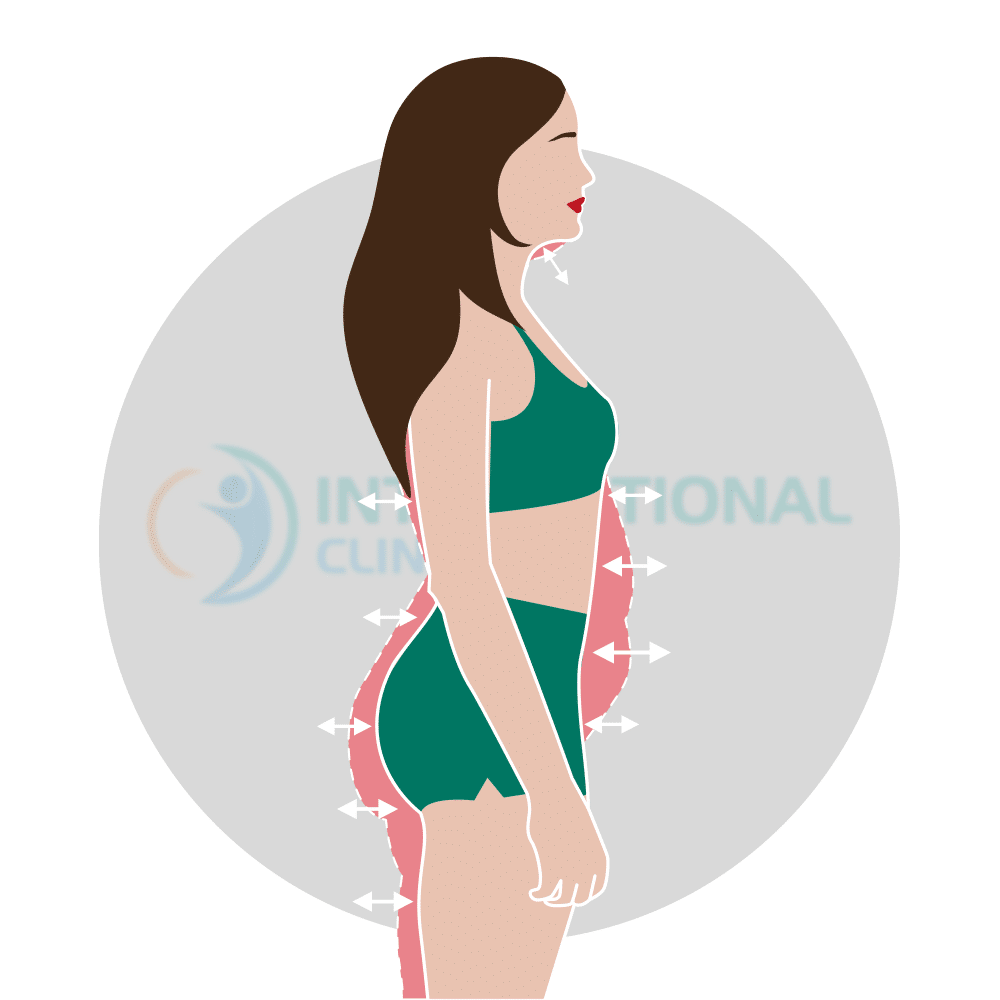
Liposuction can provide impressive results, but it remains important to understand what to expect during the recovery process.
The length of recovery after liposuction can vary depending on several factors including the extent of surgery and overall health. It's important to note that each patient's journey may differ slightly, so it's crucial to follow your surgeon's guidance throughout this process.

To be considered a good candidate for liposuction, it is important to have reached a stable weight and be close to your ideal body weight.
Liposuction is not suitable for individuals seeking drastic weight reduction or those who are significantly overweight. Instead, it is most effective for individuals who are already in a healthy weight range but struggle with isolated pockets of stubborn fat.
Before considering liposuction as an option for addressing unwanted fat, it's crucial to have realistic expectations about what the procedure can achieve.
While liposuction can provide significant improvements in body contouring and help sculpt your appearance, it should never replace a healthy lifestyle or be seen as a substitute for overall weight loss efforts.
A thorough examination will help identify fatty tissue deposits that can be effectively targeted through liposuction.
Remember that liposuction is a surgical procedure that requires careful consideration and planning. Your doctor will guide you through every step of the process, ensuring you are well-informed and comfortable before proceeding.
As with any surgical procedure, liposuction carries certain risks. It's crucial to be aware of these potential complications to make an informed decision about whether liposuction is suitable for you. Some of the risks include:
To minimize risks and achieve optimal results with liposuction, it is crucial to choose a board-certified plastic surgeon who specializes in performing these procedures.
When selecting a surgeon for liposuction, consider factors such as their qualifications, track record of successful surgeries, patient testimonials, and before-and-after photos of previous patients.
Understanding the risks associated with liposuction allows individuals to make informed decisions about whether it is the right choice for them. It's important to weigh these risks against your desired outcome and personal circumstances.
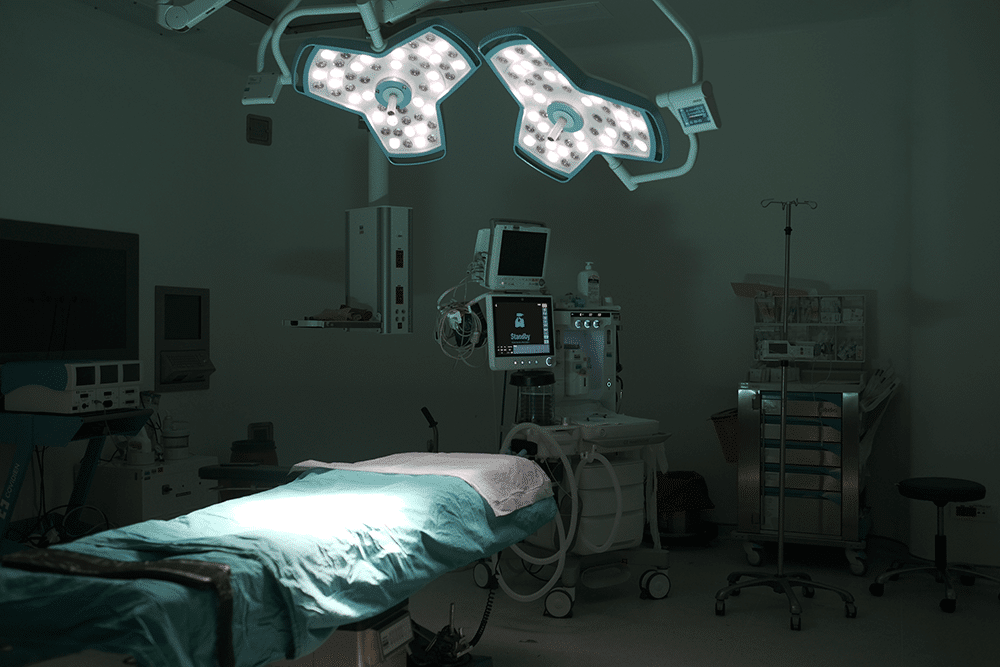
While liposuction permanently removes fat cells from specific areas, it does not prevent future weight gain or redistribution of fat elsewhere in the body. After liposuction, if individuals do not adopt healthy lifestyle practices, they may experience weight gain as their body compensates for the removed fat cells.
This weight gain tends to distribute more evenly throughout the body rather than accumulating predominantly in previously treated areas. Adhering to post-operative guidelines provided by the surgeon can help optimize long-term results and reduce the likelihood of significant weight fluctuations.
One of the key considerations is the size and placement of the incisions. These incisions are strategically made to minimize visible scarring and are typically less than half an inch in length. The number and location of these incisions depend on the areas being treated as well as the technique used.
The goal of making small incisions is to ensure that any resulting scars are discreet and easily hidden. Surgeons carefully plan where these incisions will be placed, taking into account natural creases or areas where they will be less noticeable.
Liposuction is not a procedure that yields immediate results. Final outcomes may take a few months to become apparent. After the procedure, patients will likely experience some swelling and bruising in the treated areas. This post-operative swelling can initially obscure the true results of liposuction. However, as time passes and the body heals, this swelling gradually diminishes, revealing a more refined contour.
There are several choices available depending on the extent of surgery and patient preference. The choice of anesthesia is typically discussed during pre-operative consultations between the patient and surgeon.
Liposuction procedures are not a one-person show. They require the expertise and collaboration of an interprofessional healthcare team to ensure that patients receive comprehensive care from start to finish. This team consists of skilled plastic surgeons, anesthesiologists, nurses, and support staff who work together harmoniously to achieve safe and successful outcomes for their patients.
Plastic surgeons with extensive knowledge and experience in liposuction procedures, take charge of the surgical aspect. However, their role extends beyond just performing the surgery. They collaborate closely with other healthcare professionals to provide holistic care before, during, and after the procedure.
During surgery, plastic surgeons lead the team in executing precise techniques to remove excess fat deposits from targeted areas of the body. Their expertise lies in achieving optimal aesthetic results while prioritizing patient safety throughout the entire process.
After surgery, plastic surgeons continue to monitor patients' progress during follow-up visits. They provide guidance on post-operative care instructions and address any issues or complications that may arise during recovery.
An integral member of the interprofessional team is the anesthesiologist. Before surgery begins, anesthesiologists conduct thorough evaluations to determine which type of anesthesia will be most appropriate for each patient. They consider factors such as medical history, allergies, and previous experiences with anesthesia to make informed decisions.
During the procedure, anesthesiologists closely monitor patients' vital signs, ensuring that they remain stable and comfortable.
They adjust anesthesia levels as needed to maintain optimal conditions for both the patient and the surgical team. Their expertise in managing pain and minimizing discomfort contributes significantly to a positive liposuction experience.
Nurses play a crucial role in providing comprehensive care throughout from pre-operative evaluations to post-operative recovery.
Before surgery, nurses provide detailed instructions on pre-surgical preparations, including guidelines on fasting, medication management, and any necessary lifestyle modifications leading up to surgery day.
During surgery, nurses work alongside plastic surgeons and anesthesiologists monitoring patients' vital signs during the procedure and addressing any immediate concerns that may arise.
Post-operatively, nurses help patients with wound care techniques, pain management strategies, and recommendations for a healthy recovery. They also offer emotional support by addressing any anxieties or questions patients may have about their healing process or results.
While plastic surgeons, anesthesiologists, and nurses form the core of the interprofessional team involved in liposuction procedures, support staff members also contribute significantly behind the scenes. These individuals provide administrative assistance, ensuring that the entire process runs smoothly for both the healthcare team and the patients.
Support staff members are responsible for scheduling appointments, coordinating surgical logistics, and answering patient queries. Their efficient management of administrative tasks allows the interprofessional team to focus on delivering high-quality care without unnecessary distractions. However, each one of them contributes to the overall liposuction cost in Turkey.
In conclusion, liposuction is a popular cosmetic procedure that offers several uses and benefits for individuals seeking to reshape their bodies.
The procedure's precise and targeted fat reduction allows for a customized approach to body contouring, addressing specific problem areas.
The long-term results of liposuction are generally permanent, although it is important to maintain a healthy lifestyle to preserve the achieved outcomes.
Ultimately, liposuction can be a transformative procedure, offering individuals the opportunity to achieve a more sculpted, balanced, and confident appearance.
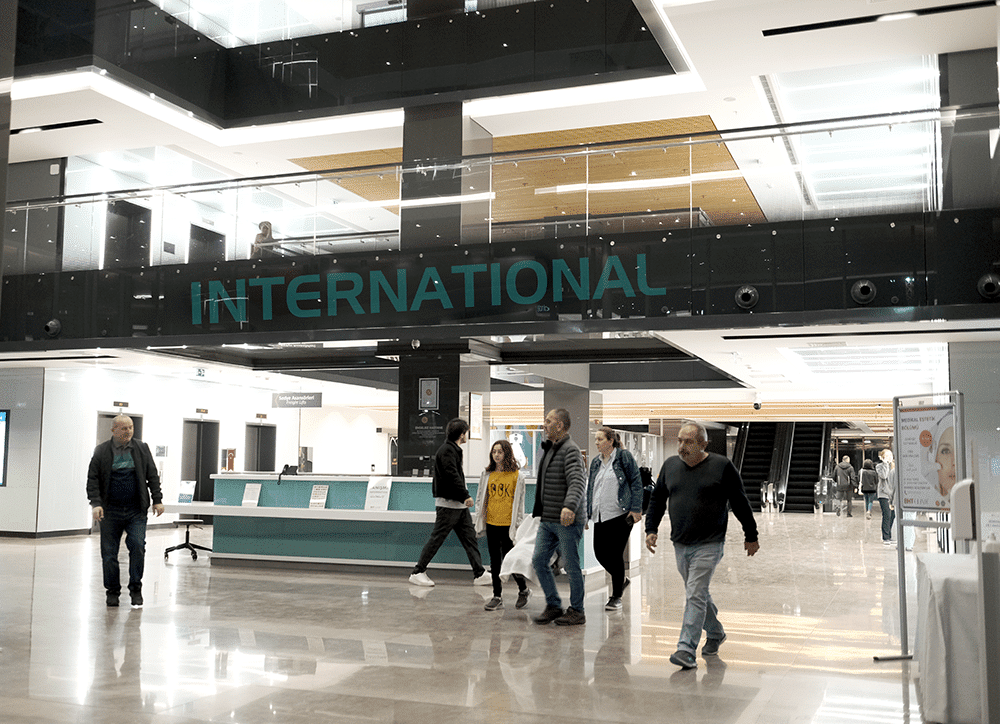
Recovery time varies depending on the extent of the procedure and individual factors. Generally, it takes several weeks for swelling and bruising to subside. Most people are able to resume normal activities within a few days to a week after surgery.
While incisions are necessary during liposuction, they are typically small and strategically placed to minimize visible scarring. Over time, any scars that do form tend to fade and become less noticeable.
Liposuction is not intended as a weight loss method but rather as a body contouring procedure. It is most effective for removing localized areas of stubborn fat that have not responded well to diet and exercise.
The fat cells removed during liposuction are permanently eliminated from the treated area(s). However, it's important to maintain a healthy lifestyle following the procedure in order to prevent new fat deposits from forming elsewhere in the body.
The duration of a liposuction procedure varies depending on the extent and number of areas being treated. Generally, it can take anywhere from one to several hours.
As with any surgical procedure, liposuction carries certain risks, including infection, bleeding, fluid accumulation, changes in sensation, scarring, and contour irregularities. However, serious complications are rare when performed by a qualified and experienced surgeon.
The cost of liposuction varies depending on factors such as the extent of the procedure, the number of areas treated, the surgeon's expertise, and the geographic location. It is best to consult with a plastic surgeon to get an accurate estimate based on individual circumstances.
The editorial team of International Clinics
Our medical consultants are available around the clock to answer your questions, completely free of charge.